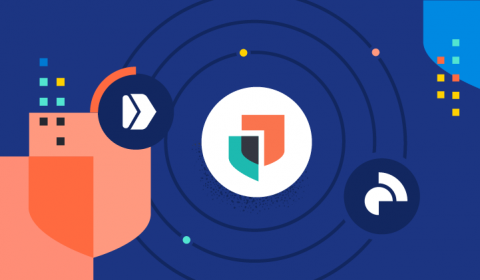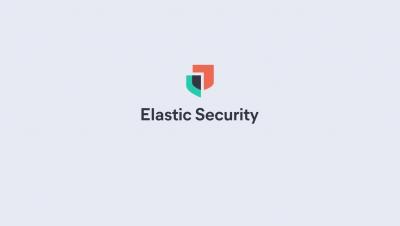Secure your Elastic Cloud deployment with AWS PrivateLink traffic filter
One of the security features available in Elasticsearch® Service (Elastic® Cloud) is traffic filtering. Traffic filtering enables network layer security by limiting access to the deployment from configured networks only. In addition to the security policies consisting of role based access control (RBAC) employing principle of least privilege, using traffic filtering in conjunction provides greater security.










